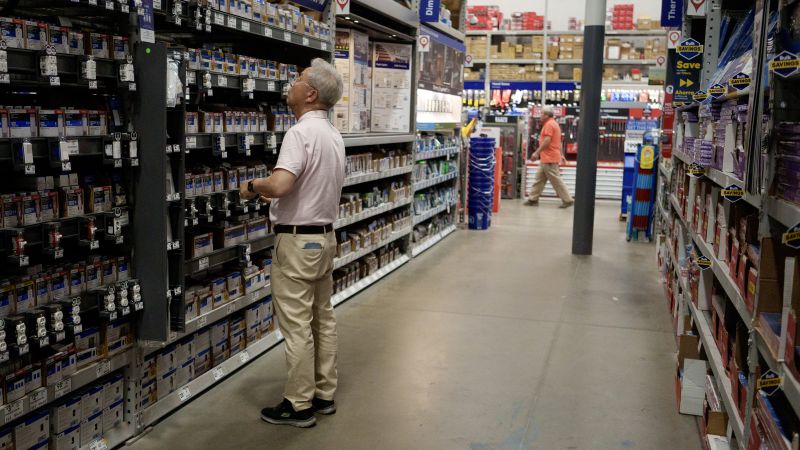The Federal Reserve’s preferred inflation gauge remained steady at 2.5% in July, showing progress towards the target but highlighting the challenges in achieving stable inflation levels. Consumer spending was up by 0.5% in July, indicating that the consumer, a key component of the US economy, is still strong despite their decreasing savings. The Personal Consumption Expenditures price index stood at 2.5% for the year ended in July, reflecting a sustained increase in prices at a steady rate.
The latest inflation data supports the notion that price hikes are slowing down, which is key as the Fed prepares to ease monetary policy and cut interest rates. The core PCE index, which excludes volatile components like food and energy, also remained steady at 2.6% annually. Housing costs, particularly the cost of homeownership, are a major factor contributing to the inflation rate staying below the target. Despite this, some economists believe that the Fed has essentially met its inflation goals and can now consider lowering interest rates.
Economists expected the July PCE index to rise by 0.2% for the month and 2.6% for the year, in line with the June rates. While the progress in lowering inflation rates is apparent, core inflation remains around 1.7% annually. Market projections suggest that the Fed will cut its benchmark rate by a quarter point in September, with additional cuts expected through the end of the year and into 2025. The strong consumer spending and rising incomes support the case for rate cuts to boost the economy.
While inflation may be under control, the labor market remains a point of uncertainty in the economy. A weaker-than-expected jobs report in July caused concern, but stable layoff activity has helped ease nerves. The upcoming jobs data and August employment report are expected to show moderate job growth, which is essential for maintaining consumer spending and fueling economic growth. Despite the positive indicators in the economy, concerns about the labor market and its impact on Americans’ earnings remain.
Consumer spending continues to outpace income gains, leading to a decrease in the personal saving rate to the lowest level in several years. While increased spending is positive for the economy, it is unsustainable in the long run. Economists stress the importance of balancing consumer spending growth with income growth to ensure a stable financial outlook for households. The looming decision by the Fed to cut interest rates is seen as a critical step in supporting the economy amidst uncertainties in the labor market and balancing consumer spending with income levels.




